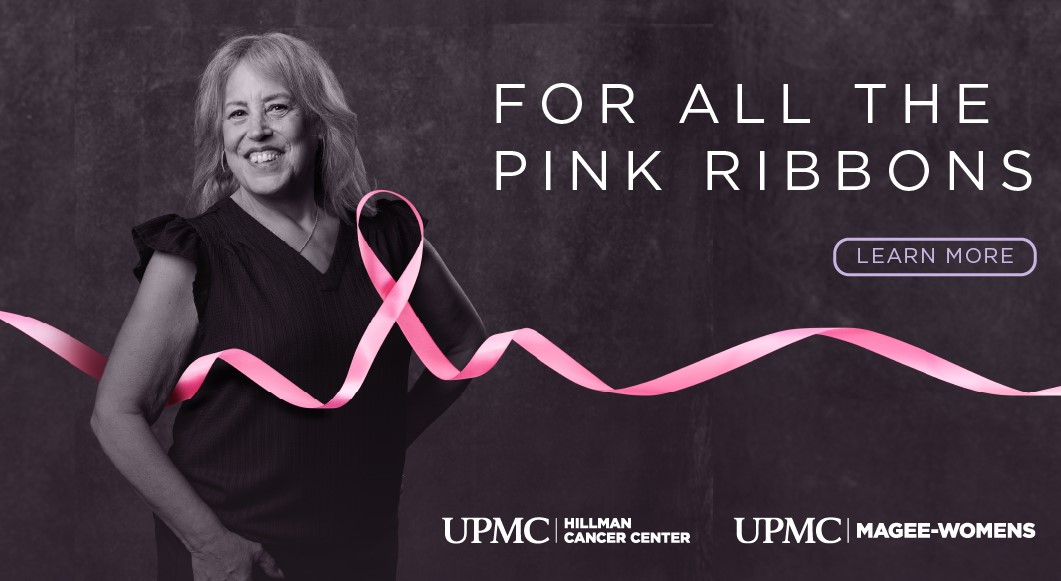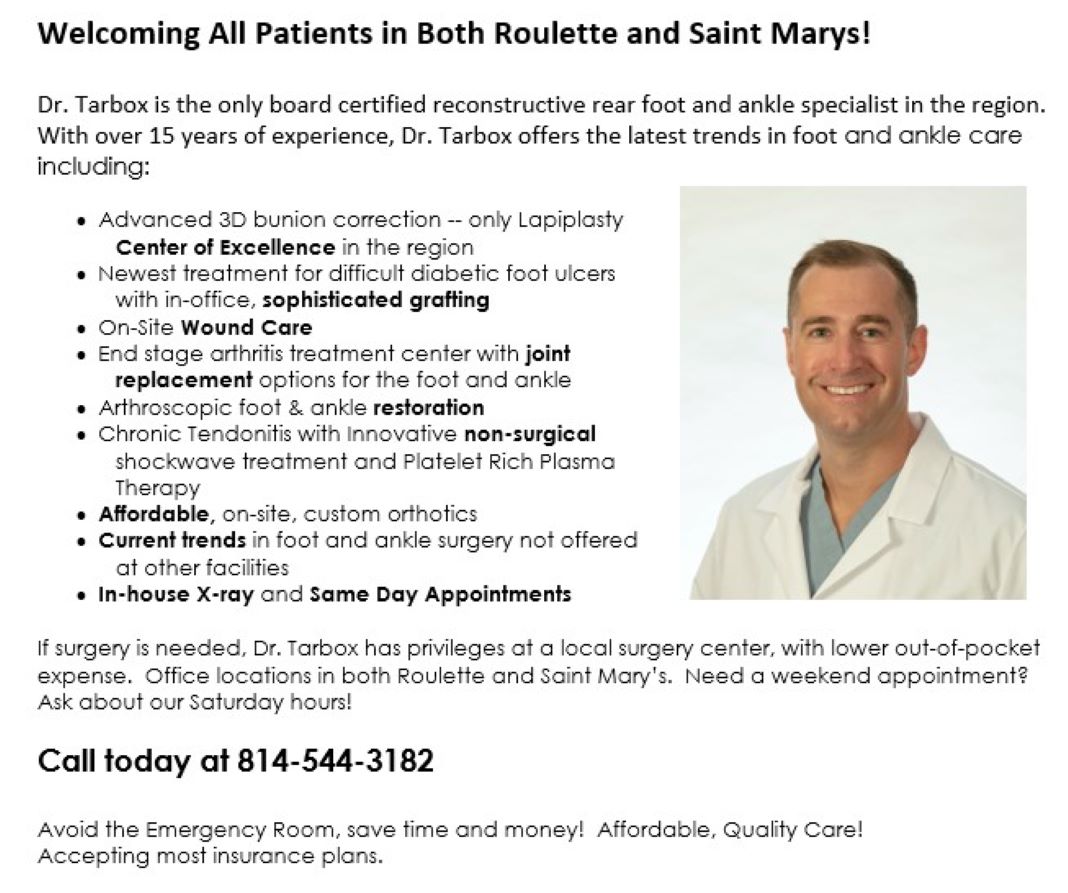UPMC Neurosurgeon: Carpal Tunnel Syndrome

Fadi Sweiss, M.D.
Neurosurgery, UPMC
Without a doubt, the use and advancement of technology has only grown. Society has benefitted from this in many ways, but have you considered the physical effects that using a smartphone, tablet, or other device could have on your physical health?
Carpal Tunnel Syndrome (CTS) is a condition often occurring in the thumb, index, and middle fingers that includes a tingling feeling or numbness. A compression of the median nerve in your wrist is the culprit. Your median nerve and tendons responsible for bending some of your fingers are located within the carpal tunnel. When this tunnel swells or thickens, compression occurs; the nerve and tendons become irritated, resulting in the uncomfortable sensations of CTS.
While technology use isn’t the only reason people end up with a CTS diagnosis, repetitive motions like scrolling on your phone or using your hands to operate certain machinery daily, multiple times a day, may lead to developing the condition. Some other causes of CTS might include:
- Fluid retention
- Trauma experienced near the hands
- Underactive thyroid
- Overactive pituitary gland
- You may just be born with a narrow carpal tunnel
The risk for developing CTS increases with age, especially if there is a family history of the condition. If you have diabetes, rheumatoid arthritis, or you are pregnant, you are also at a higher risk of carpal tunnel syndrome.
Treating CTS
Usually, health care providers try to treat CTS before considering surgery. Certain hand exercises may be recommended as well as medications, possible steroid injections, or wearing a certain kind of brace. If these methods are not successful, surgery will then likely be on the table.
- Minimally Invasive Ultrasound Guidance – This method uses local anesthesia and can be performed at your doctor’s office in a matter of minutes. A small incision would be made in the wrist along with the use of an ultrasound device as a guide to release the carpal tunnel from the compression. This method usually doesn’t require sutures and reduces the need for opioids or post-operative therapy. Within three to six days, activities and work can be resumed after a review from your doctor.
In addition to the minimally invasive option, endoscopic or open carpal tunnel release surgeries are other ways to treat carpal tunnel syndrome.
- Endoscopic Carpal Tunnel Release Surgery – A thin tube with a camera is used for this method of CTS treatment. It is inserted through a small incision on your wrist that allows your doctor to see its structural makeup. This allows the doctor to release the carpal tunnel without making a large cut.
- Open Carpal Tunnel Release Surgery – This is the more traditional idea of surgery. During this operation, a doctor would cut the transverse ligament, again releasing the pressure, and relieving the CTS symptoms. After the cut is made, the skin is closed with stiches.
Surgeries have become more advanced and less invasive. If surgery is ultimately needed, your doctor will recommend the best option for your personal case.
Fadi Sweiss, M.D., is with UPMC Neurosurgery and sees patients at UPMC Health Innovation Center, 740 High St., Williamsport. To schedule an appointment with Dr. Sweiss, call 570-321-2820. For more information, visit UPMC.com/NeuroNCPA.







